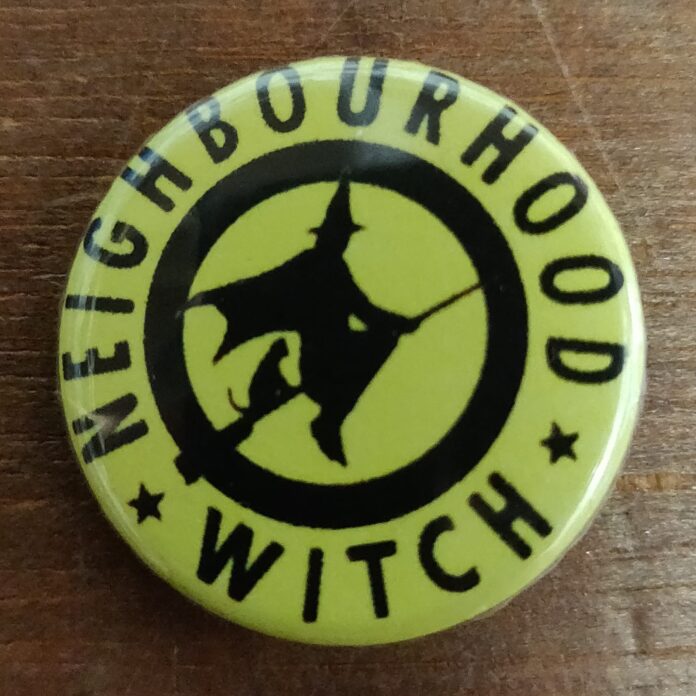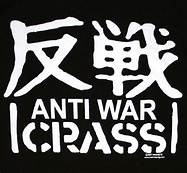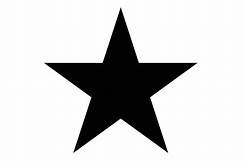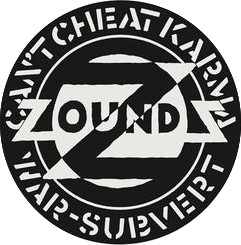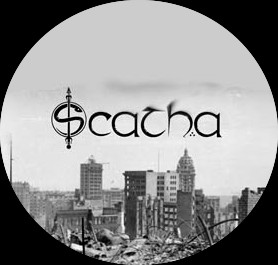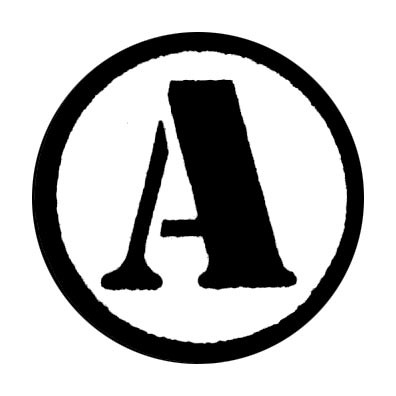108 Anarcho flag waver Badge
£0.45
Black Flags are cool (unless they belong to Islamic nutters!)
Description
The black flag, and the color black in general, have been associated with anarchism since the 1880s. Many anarchist collectives contain the word “black” in their names. There have been a number of anarchist periodicals entitled Black Flag.
The uniform blackness of the flag is in stark contrast to the colorful flags typical of most nation-states. Additionally, as a white flag is the universal symbol for surrender to superior force, the counter-opposite black flag would logically be a symbol of defiance and opposition to surrender.
Historical origins
The black flag represents the absence of a flag, and thus stands in opposition to the very notion of nation-states. In that light, the flag can be seen as a rejection of the concept of representation, or the idea that any person or institution can adequately represent a group of individuals. Modern anarchism has a shared ancestry with – amongst other ideologies – socialism, a movement strongly associated with the red flag. As anarchism became more and more distinct from socialism in the 1880s, it adopted the black flag in an attempt to differentiate itself.Some anarchists at the time, such as Peter Kropotkin, preferred to continue using the red flag rather than adopt the black.
Both the black and red flags first gained notoriety for their use by Buccaneers, who were pirates of French origin operating in the West Indies. The black flag (later the “Jolly Roger”) was displayed, or ‘run up’ the mast, first as an indication that the lives of the crew would be spared if they surrendered. If the crew resisted, the red flag would then be displayed to indicate that the offer of amnesty had been withdrawn; no prisoners would be taken (see also Jolly Roger/Pirate flag below).
Subsequent usage
During the French Revolution, the red flag was adopted by the Jacobin Club, whose members controlled the insurrectionary Paris Commune during the assault on the Tuileries, the September Massacres, and throughout the Reign of Terror. In 1831, the black flag was displayed as an emblem of protest during the first Canut revolt, an uprising of silk workers in Lyon; it was also flown in the 1840s during hunger riots, as a symbol of the desperation of the starving urban poor.
It first became associated with anarchism in the 1880s. The French anarchist paper, Le Drapeau Noir (“The Black Flag“), which existed until 1882, is one of the first published references to use black as an anarchist color. Black International was the name of a London anarchist group founded in July 1881. Louise Michel, participant in the Paris Commune of 1871, flew the black flag on March 9, 1883, during demonstration of the unemployed in Paris, France. An open air meeting of the unemployed was broken up by the police and around 500 demonstrators, with Michel at the front carrying a black flag and shouting “Bread, work, or lead!” marched off towards the Boulevard Saint-Germain. The crowd pillaged three baker’s shops before the police attacked. Michel was arrested and sentenced to six years solitary confinement. Public pressure soon forced the granting of an amnesty. According to Michel, the “black flag is the flag of strikes and the flag of those who are hungry.”
The black flag soon made its way to America. On November 27, 1884, the black flag was displayed in Chicago at an Anarchist demonstration.According to the English Language newspaper of the Chicago anarchists, it was “the fearful symbol of hunger, misery and death.”
In the Russian Revolution of 1917, Nestor Makhno’s anarchist forces were known collectively as the Black Army. They fought under a black flag with some success until they were crushed by the Red Army (see Black Guards). Emiliano Zapata, a Mexican revolutionary in the 1910s, used a black flag with a skull and crossbones and the Blessed Virgin Mary on it. The flag’s slogan was “Tierra y Libertad” (“Land and Liberty”). In 1925, Japanese anarchists formed the Black Youth League, which had branches in the then-colonial Taiwan. In 1945, the group named their journal Kurohata (“Black Flag“).
More recently, Parisian students carried black (and red) flags during the massive General Strike of May 1968. In the same year, these flags were seen at the American Students for a Democratic Society national convention. Also at about the same time, the British based journal Black Flag was started, and is still in existence today. Black flags remain a symbol of anarchists today.
Additional information
| Weight | 0.005000 kg |
|---|



